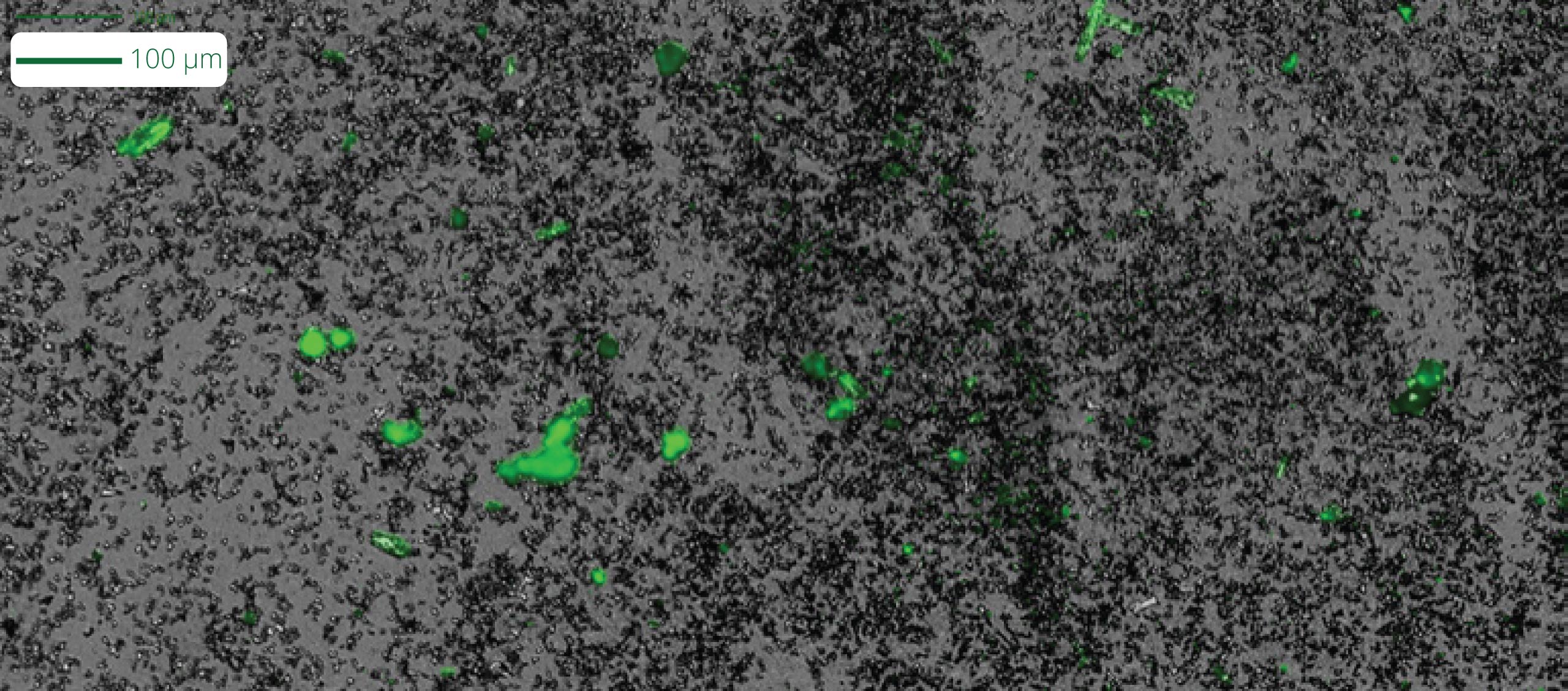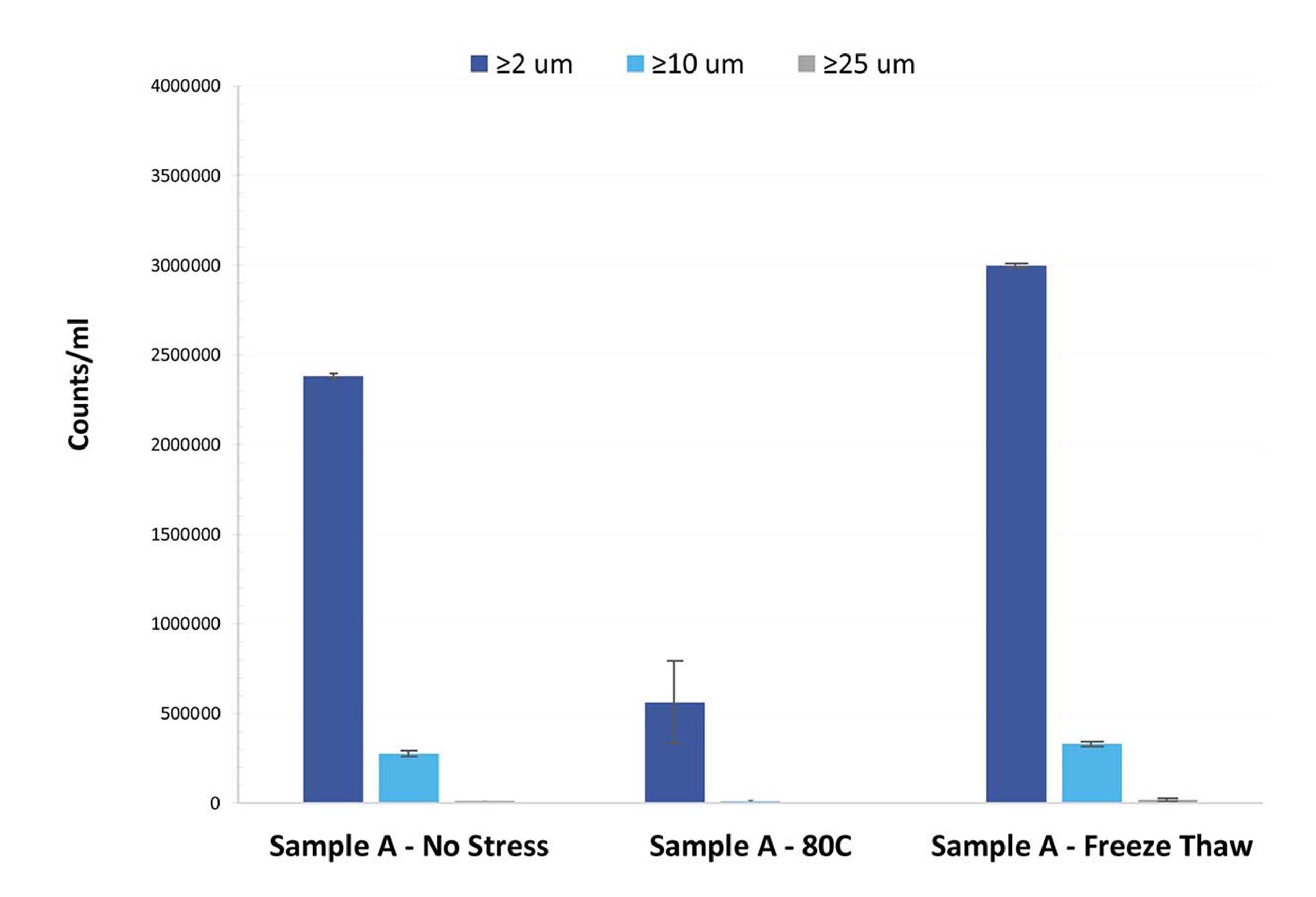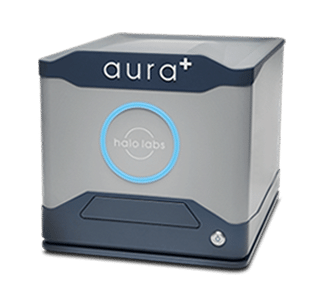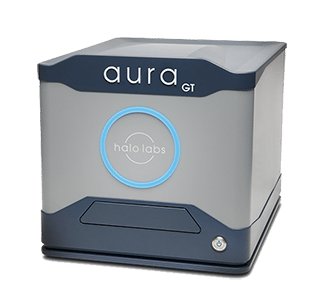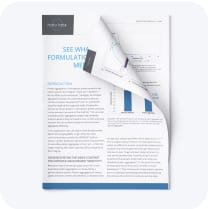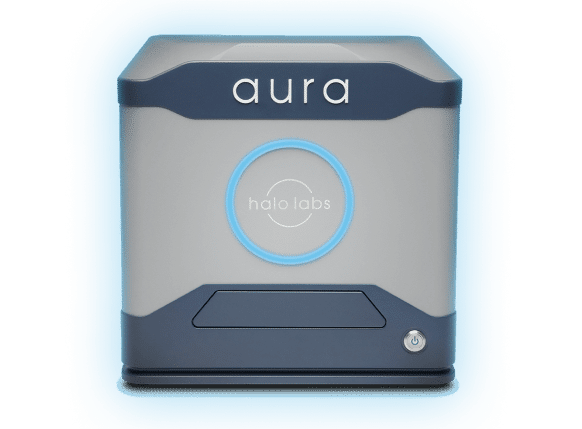Get the Stability You Need
The use of lipid nanoparticles (LNPs) as a drug delivery technology is a sophisticated process and requires careful evaluation to ensure their efficacy is not compromised.
As the use of these technologies grows, so does the need for accurate stability measurements.
For this reason, low-volume, subvisible particle measurements must be accurately taken to properly assess LNPs and exosomes for stability. However, flow imaging or DLS may not give you the accuracy, speed or flexibility you need.
To help address this critical need, we’re proud to introduce a breakthrough solution: Aura GT, optimized for assessing samples as small as 25 µL for more precise LNP characterization.
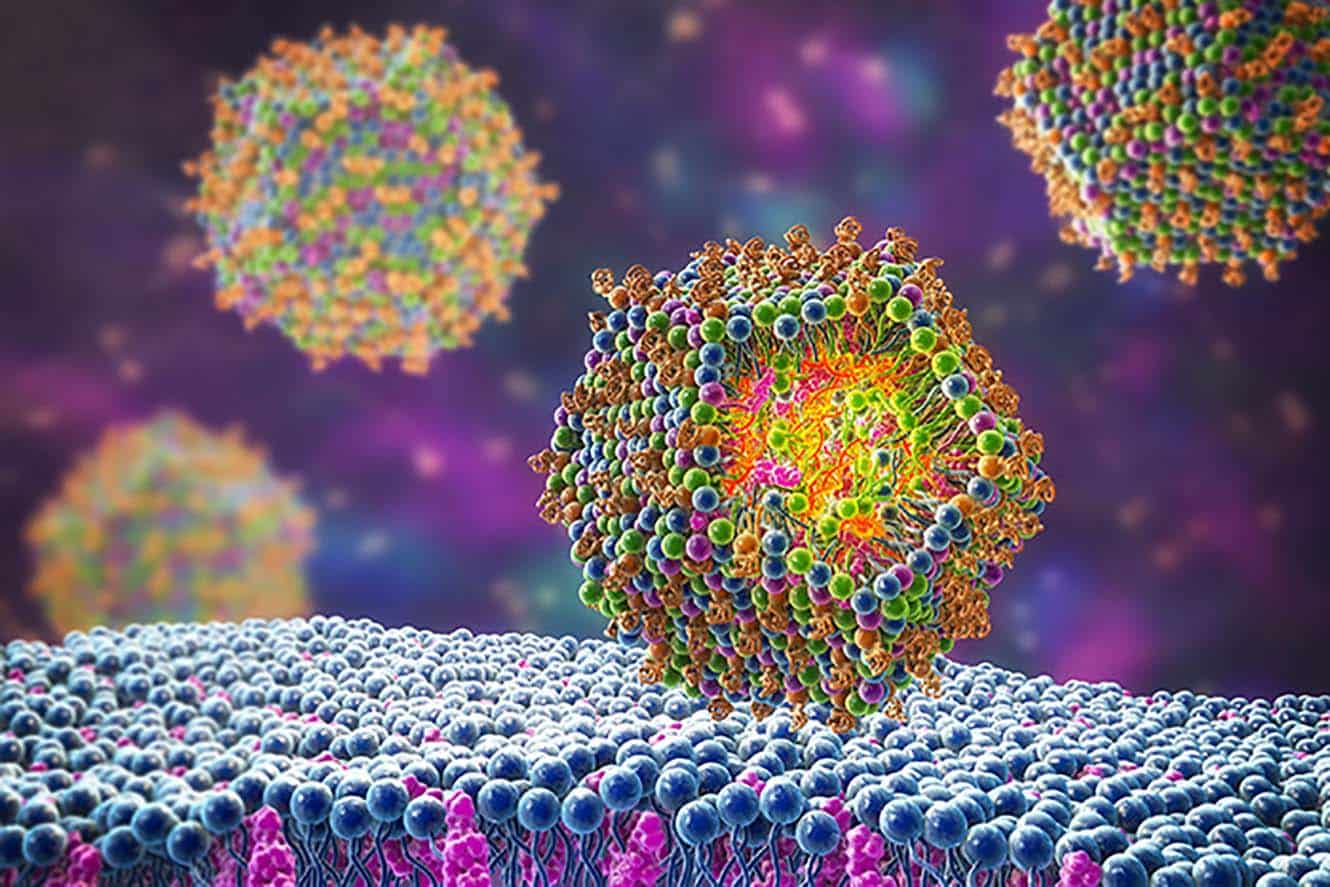
Why Use Aura for LNP Characterization and Exosome Characterization?
Because you can achieve so much more insight with much less material:
- Analyze product stability and aggregation analysis
- Identify SYBR™-labeled nucleic acid aggregates from unstable products
- Detect and quantify particles not measured by DLS or SEC
- Determine root cause for unstable gene therapies
- Recommended method by FDA (USP 788 Compendial Method 2)
- Achieve more accurate results with minimal amounts of sample (as little as 5 μL per test)
- Gather comprehensive data and insight into aggregate particles – size, morphology, counts, distribution
- Get insights quickly with rapid analysis time of 1 minute per sample
- Benefit from a wide working range: measure particles from 1 μm to 5 mm with high reproducibility
- Analyze particles without the interference of buffer or matrix for higher sensitivity
- 21 CFR Part 11 software available
Overcome the Challenge of Predicting Quality and Stability of LNPs
Let’s face it: It can be challenging to accurately predict the quality of LNP drugs, even when using samples from well-known commercial developers. Every formulation has its own particle profile, and LNP formulations are no different. This is a common theme in the stability of subvisible particles.
Leveraging our SYBR Gold assay via Fluorescence Membrane Microscopy (FMM), Aura GT solves this issue by assessing both the stability and purity of samples in high throughput, low volume testing, enabling accurate LNP characterization at earlier stages, from initial development all the way through to final product release.
A Smarter and Faster Exosome Characterization Method
Exosome characterization with Aura GT simplifies and expedites the process of selecting the most suitable candidate for development. Much like AAV and LNP therapies, exosomes can aggregate and contain nucleic acids.
Thanks to small sample volumes, stability assessment can occur during earlier development stages, allowing for more informed decisions to be made. This saves valuable time and resources before investing in an unsuitable path that may turn out to be costly and inefficient.
